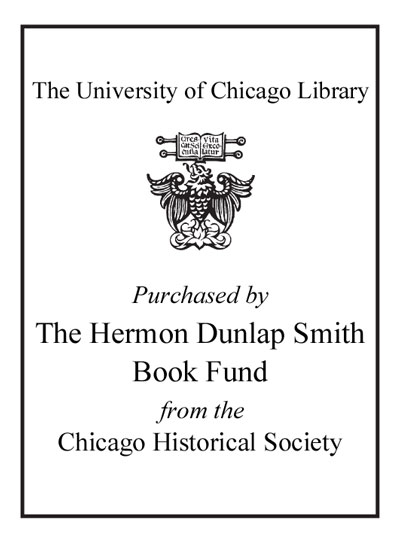Between freedom and progress : the lost world of Reconstruction politics /
| Author / Creator: | Prior, David (College teacher), author. |
|---|---|
| Imprint: | Baton Rouge : Louisiana State University Press, [2019] |
| Description: | xii, 258 pages ; 24 cm. |
| Language: | English |
| Series: | Conflicting worlds : new dimensions of the American Civil War Conflicting worlds. |
| Subject: | |
| Format: | Print Book |
| URL for this record: | http://pi.lib.uchicago.edu/1001/cat/bib/11982354 |
| Summary: | Between Freedom and Progress recovers and analyzes the global imaginings of Reconstruction's partisans--those who struggled over and with Reconstruction--as they vied with one another to define the nature of their country after the Civil War. The remarkable technological and commercial transformations of the mid-nineteenth century--in particular, steam engines, telegraphs, and an expanded commercial printing capacity--created a constant stream of news, description, and storytelling from across and beyond the nation. Reconstruction's partisans contended with each other to make sense of this information, motivated by intense political antagonism combined with a shared but contested set of ideas about freedom and progress. As writers, lecturers, editors, travelers, moral reformers, racists, abolitionists, politicians, suffragists, soldiers, and diplomats, Reconstruction's partisans made competing claims about their place in the world. Understanding how, why, and when they did so helps ground our understanding of Reconstruction--itself a mysterious, transatlantic term--in its own intellectual context. |
|---|---|
| Physical Description: | xii, 258 pages ; 24 cm. |
| Bibliography: | Includes bibliographical references and index. |
| ISBN: | 9780807169681 0807169684 9780807172438 9780807172445 |

